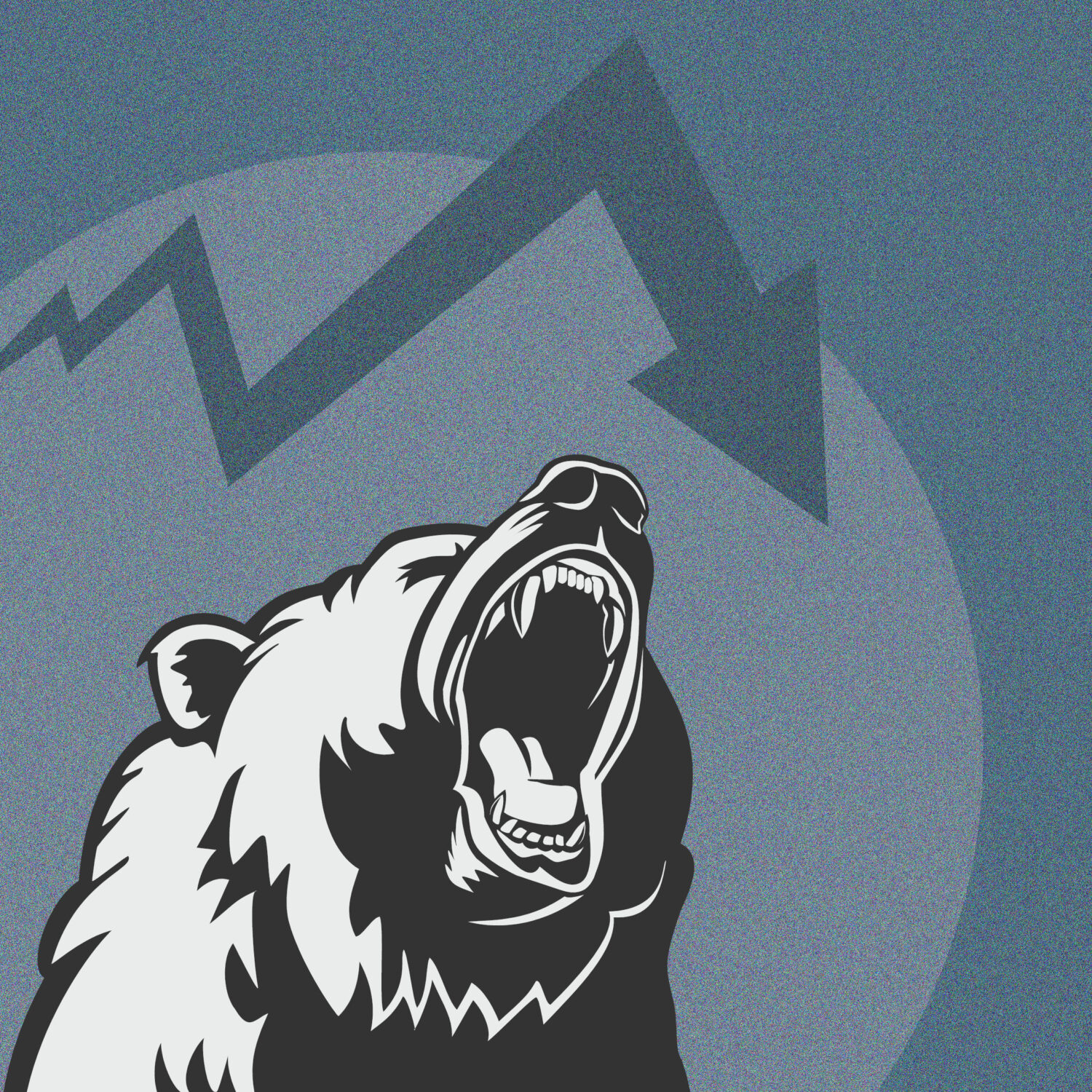You have all heard the terms “bull market” and “bear market.” These two states of the market are named as such because the attack patterns of these predators match the trends for which they represent: bulls attack upwards with their horns and bears attack downwards with their claws.
In bull markets, when investment prices are on the rise for sustained periods, we’re looking at upwards trends with strong economies and low unemployment. Conversely, the downward trend—periods of economic slowdown and higher unemployment—becomes a bear market when stock prices fall 20% or more for a sustained period of time.
Economist are now referring to our current state as a bear market as the Standard & Poor’s 500 index has declined about 24% since a peak in January. But what does a bear market mean for you?
How does a bear market happen?
The bear market has been influenced by several factors, including rising interest rates, global uncertainty, and the lasting effects of the pandemic, which brought about an increase in demand for consumer goods and a rise in supply chain shortages.
Annual inflation rate in the US accelerated to 8.6% in May of 2022, the highest since December of 1981. The past six months have been the stock market's worst start to a year since the 70s when inflation rose to 12% in 1974 before hitting 14.5% in 1980.
During that time, the chairman of the Federal Reserve, Paul Volcker, was brought in because of his hardline approach to inflation. He pushed interest rates to nearly 20%, throwing a cold bucket of water on the economy. The result was painful and instantaneous for Americans as people stopped buying and unemployment rose over 10%—but by 1986, inflation was back down to 1%.
However, today’s Federal Reserve is striving to avoid a sudden and drastic shift to the economy, which would likely result in a painful recession. By raising the federal target fund rates incrementally, they hope to slow the rapid rise of inflation without needing to resort to Volcker’s sudden and sharp increase. And in the interim, Americans are feeling the effects.
How does a bear market affect me?
Since World War II, fourteen bear markets have pulled the S&P down an average of 30%. The good news? The average bear market lasts 359 days, meaning the market has always recovered.
But bear markets can be painful for those who get caught in the downward swipe, and its effects reverberate through the economy in many different ways.
Cost of Living
No matter their income level, most Americans are feeling the effects inflation is having on the cost of living. As the prices of goods and services have gone up, housing, food, fuel, and healthcare have all started costing Americans a bigger portion of their paychecks, and even the richest billionaires have lost a collective $1.4 trillion in the past six months.
At the beginning of 2022, Social Security was adjusted 5.9% for inflation, and that number is expected to be adjusted again with a cost-of-living adjustment closer to 8% at the end of 2022.
Cost of Running a Business
As the cost of living continues to rise, employees are demanding higher wages. On the flip side, employers are also being squeezed by the great recession, causing a lack of available talent. This puts employees in a strong position to demand higher wages. This, along with the rising cost of travel, raw materials, and weak investments, puts the bottom line once again in jeopardy for companies.
To copy with the rising costs of employment, we encourage our clients to think defensively about their expense budgets and risk management—from cash holdings to cybersecurity.
Fuel and Transportation Concerns
It's hard to predict how exactly the war will affect supply chains, but there are key areas where issues are expected. For example, today’s national average price of gasoline is $4.80, compared to $3.13 from last year—a number which has not only been draining for commuters, but has also affected the supply chain with both the costs and timeliness of shipping. Other issues include key material shortages, material cost increases, production capacity impacts, demand volatility, and capacity constraints.
To prepare for disruptions, you should evaluate vulnerabilities in your supply chain, including building inventory of essential supplies, diversifying suppliers, and moving to domestic suppliers when possible.
Investing
For many investors, seeing a dip in your portfolio may make you want to pull your money, but this is almost never the answer to a change in the market. Historically, it pays to stay the course: continue to buy and hold index funds, don't try to predict the market, and only sell as part of a long-term strategy.
During bear markets, it may also be appealing to invest more since bear markets are historically fantastic opportunities to build wealth for longer-term investors. Although there might be some advantageous opportunities, it’s also important to continue to grow your savings in periods of market volatility.

